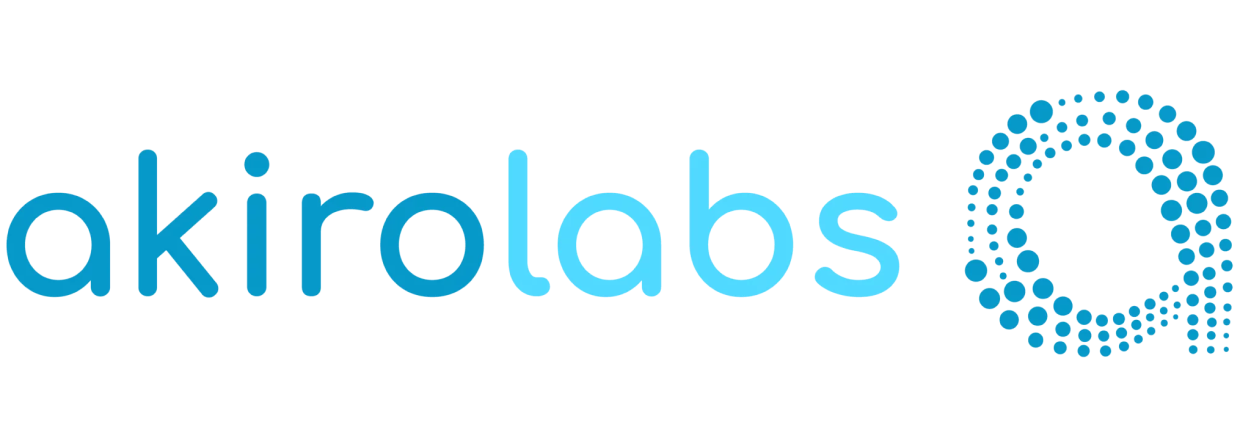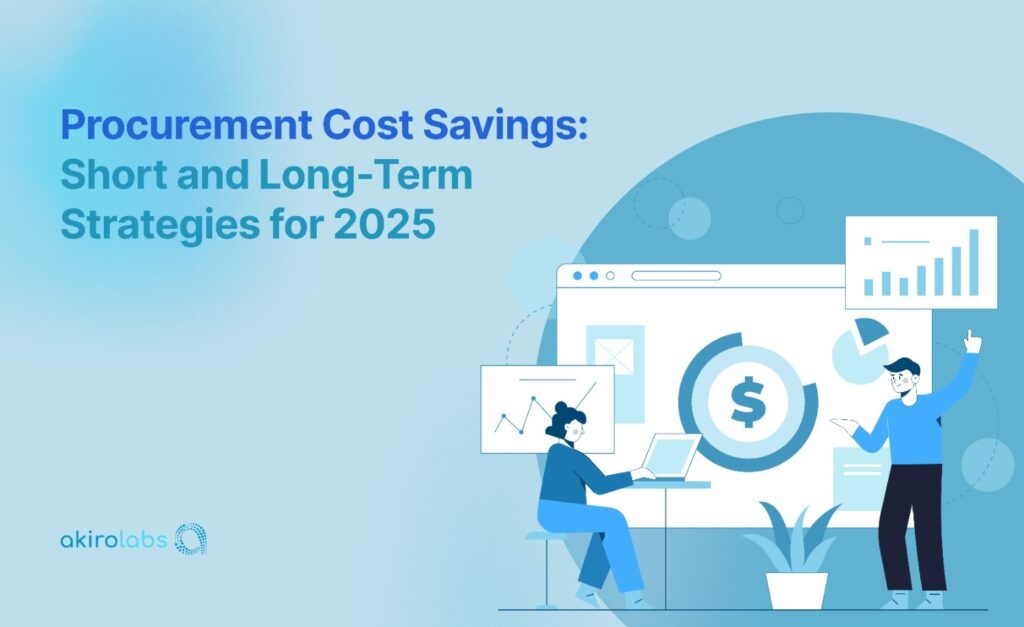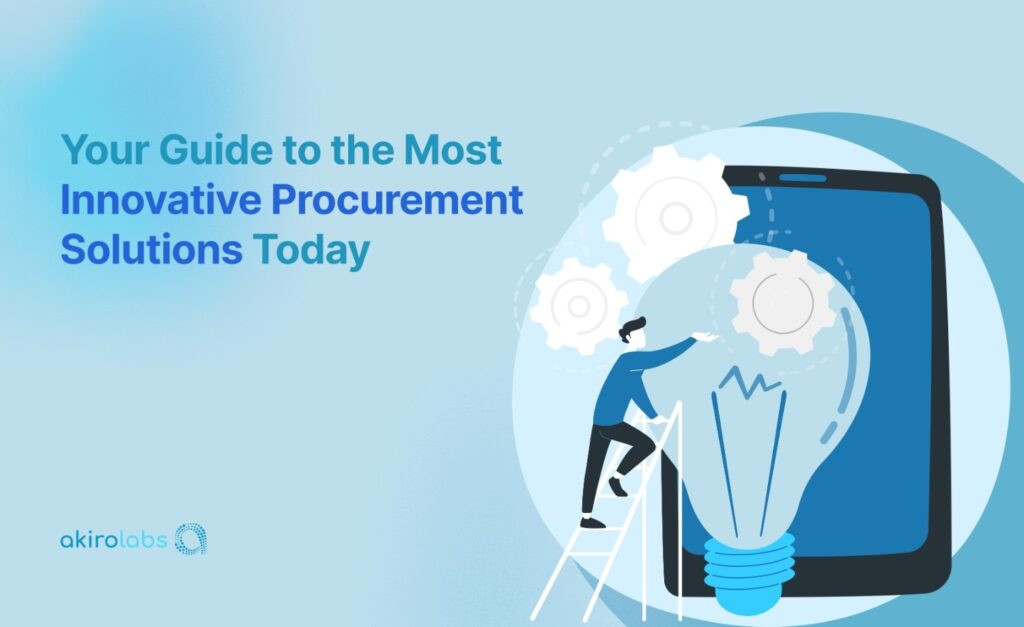Strategic sourcing is a game-changer for businesses aiming to optimize procurement and drive growth. It’s not just about cutting costs—it’s about making informed, strategic decisions that align with your long-term goals.
Adopting effective sourcing strategies can build stronger supplier relationships, mitigate risks, and enhance operational efficiency. For example, the QIMA 2024 Global Sourcing Survey reveals that 62% of businesses anticipate continued supply chain disruptions, further underlining the need for resilient and adaptable sourcing practices.
In this blog, we’ll explore examples of real-world sourcing strategies and actionable processes that leading companies use to succeed. Whether you’re looking to streamline your procurement or boost your supply chain resilience, this guide will provide the tools you need to take your sourcing to the next level. Let’s get started!
What is Strategic Sourcing?
Strategic sourcing is a structured approach to procurement that focuses on long-term value rather than short-term savings. It involves analyzing your organization’s spending, understanding market conditions, and carefully selecting suppliers to achieve business goals.
Unlike traditional purchasing, strategic sourcing goes beyond simply finding the lowest price. It considers factors like supplier reliability, quality, risk management, and overall efficiency. By aligning sourcing decisions with your company’s needs, strategic sourcing helps you:
- Reduce costs effectively
- Build strong, collaborative supplier relationships
- Improve the quality of goods and services
- Reduce supply chain risks
Let us now see the common strategies involved in strategic sourcing.
Common Strategic Sourcing Strategies
Strategic sourcing offers various approaches to meet your procurement goals. Let’s explore these strategies and see how each can benefit your business.
1. Single Sourcing
Single sourcing involves relying on one supplier for a specific product or service. It simplifies procurement and strengthens supplier relationships. You can often negotiate better pricing and volume discounts because of the exclusivity. Communication becomes easier, and the supplier is more likely to prioritize your business.
2. Dual Sourcing
Dual sourcing splits your supply between two suppliers. This strategy reduces your dependency on a single source while giving you flexibility. If one supplier faces a disruption, the other can act as a backup to maintain continuity. Dual sourcing also encourages healthy supplier competition, driving better pricing and quality.
3. Multi-sourcing
Multi-sourcing involves working with multiple suppliers for the same product or service. This approach spreads risk across your supply chain and allows you to handle large demands. By sourcing from different suppliers, you confirm stability even if one fails to deliver. Multi-sourcing promotes competitive pricing and provides access to diverse capabilities.
4. Global Sourcing
Global sourcing means procuring products or services from international suppliers. Cost savings often drive it, as many regions offer lower production or labor costs. Additionally, global suppliers may provide specialized skills, materials, or technology that aren’t locally available.
5. Local Sourcing
Local sourcing means working with suppliers near your business. This leads to faster deliveries, lower shipping costs, and easier communication. It also gives you better control over quality and deadlines.
6. Nearshoring
Nearshoring involves sourcing from nearby countries or regions instead of distant locations. It’s a middle ground between local and global sourcing. With nearshoring, you benefit from shorter lead times, easier communication, and reduced logistics costs.
7. Outsourcing
Outsourcing means handing over certain procurement tasks or production activities to external providers. This lets you focus on your main business while benefiting from the expertise of specialized suppliers. It can lower costs, improve efficiency, and help your business grow faster.
In the next section, we will look at the elements of a successful strategic sourcing strategy.
Elements of a Successful Strategic Sourcing Strategy
A successful strategic sourcing strategy relies on several key elements. Each step plays a critical role in optimizing your procurement process, reducing costs, and improving supplier relationships.
Let’s explore these essential components in detail:
1. Spend Analysis: Analyzing and categorizing spending patterns
Spend analysis is the foundation of any sourcing strategy. It involves analyzing and categorizing your company’s spending to identify patterns, inefficiencies, and areas for improvement. When you know where your money goes, you can save costs, combine suppliers, and improve procurement. Accurate data helps you make informed decisions and align sourcing goals with business objectives.
2. Market Research: Understanding market conditions and supplier capabilities
To make the right sourcing decisions, you must understand the market clearly. Market research helps you assess supplier capabilities, pricing, and competition. You can choose the best suppliers and negotiate better deals by gathering insights on the industry and supplier performance. Staying informed about market conditions keeps your sourcing strategy flexible and competitive.
3. Supplier Evaluation and Selection: Criteria for choosing suppliers based on various factors
Choosing the right supplier is a critical step in your strategy. You evaluate suppliers based on key criteria, such as cost, quality, and delivery timelines. You should also consider their financial stability and capacity to meet your long-term needs. By selecting suppliers who align with your goals, you create a strong foundation for a successful partnership.
4. Negotiation: Achieving favorable terms
Effective negotiation helps you get the best value from your suppliers. It’s not just about achieving the lowest price—it’s about balancing cost, quality, and service. Successful negotiation focuses on long-term collaboration, transparency, and mutual benefits. You can secure favorable terms, improve supplier performance, and build trust by clearly communicating your needs and expectations.
5. Risk Management: Identifying and reducing supply chain risks
Every supply chain faces risks, from delays and disruptions to financial instability or geopolitical issues. Risk management involves identifying these risks and developing strategies to minimize them. Diversify suppliers, maintain buffer stock, and implement contingency plans to build supply chain resilience. Proactively managing risks helps you avoid disruptions and maintain steady operations.
6. Continuous Improvement: Monitoring and enhancing procurement processes
Strategic sourcing is not a one-time effort; it requires continuous monitoring and improvement. By regularly reviewing supplier performance, tracking KPIs (key performance indicators), and analyzing results, you can identify areas for enhancement. Continuous improvement helps you adapt to market changes, optimize costs, and strengthen supplier relationships over time. This ongoing process keeps your procurement strategy efficient and effective.
Now let us see why strategic sourcing is important. Let’s dive into further details.
Examples of Strategic Sourcing
Strategic sourcing has transformed the way global companies optimize their supply chains.
Below are detailed examples of how industry leaders use strategic sourcing to drive efficiency, cost savings, and sustainability:
1. Apple – Supply Chain Excellence and Vertical Integration
Apple’s strategic sourcing focuses on controlling every aspect of its supply chain to maintain quality and efficiency.
- Key Components Sourcing: Apple works closely with suppliers for critical components like chips and displays, securing long-term contracts to make sure supply is stable.
- Vertical Integration: By owning and managing key production facilities, Apple reduces reliance on external suppliers for core components.
- Sustainability Initiatives: Apple prioritizes renewable energy and carbon-neutral suppliers to meet its ambitious environmental goals.
2. Starbucks – Ethical Sourcing and Community Impact
Starbucks uses strategic sourcing to enhance its brand reputation and ensure a consistent supply of high-quality coffee beans.
- Ethical Coffee Sourcing: Starbucks works directly with coffee farmers through its Coffee and Farmer Equity (C.A.F.E.) Practices program, ensuring ethical practices and fair wages.
- Support for Farmers: The company provides training, financial aid, and resources to improve farmers’ yields and income.
- Transparency: Starbucks uses digital platforms to enhance traceability, showing customers the journey of their coffee from farm to cup.
3. Toyota – Lean Sourcing and Supplier Collaboration
Toyota’s lean manufacturing principles extend to its strategic sourcing practices, focusing on efficiency and supplier collaboration.
- Just-in-Time (JIT) Inventory: Toyota sources components precisely when needed, reducing inventory costs and waste.
- Supplier Development: The company invests heavily in supplier training and improvement programs to assure quality and efficiency.
- Risk Management: Toyota diversifies its supplier base geographically to minimize risks from natural disasters or disruptions.
4. IKEA – Cost Optimization and Sustainability
IKEA’s strategic sourcing aligns with its mission of providing affordable, sustainable products.
- Supplier Partnerships: IKEA builds long-term relationships with suppliers, ensuring stability and cost savings.
- Sustainable Sourcing: The company prioritizes materials like FSC-certified wood and uses circular design principles to minimize waste.
- Localized Sourcing: IKEA works with local suppliers in key markets to reduce transportation costs and emissions.
5. Amazon – Data-Driven Sourcing and Supplier Optimization
Amazon uses advanced technology and analytics to drive its strategic sourcing initiatives.
- Predictive Analytics: Amazon uses AI to forecast demand and optimize supplier selection, ensuring products are sourced efficiently.
- Supplier Optimization: The company evaluates suppliers based on cost, delivery times, and performance metrics to maintain a competitive edge.
- Sustainability Commitments: Amazon has committed to sourcing products from suppliers that are aligned with its Climate Pledge goals, focusing on eco-friendly operations.
6. Coca-Cola – Sustainable Packaging and Localized Sourcing
Coca-Cola integrates sustainability into its strategic sourcing, particularly in packaging and raw materials.
- Sustainable Packaging: Coca-Cola works with suppliers to develop recyclable and plant-based materials for bottles and packaging.
- Localized Production: The company sources ingredients locally in most regions, reducing transportation costs and supporting local economies.
- Supplier Engagement: Coca-Cola engages suppliers through workshops and training programs to align with its sustainability vision.
7. Nike – Innovation and Ethical Sourcing
Nike focuses on strategic sourcing to ensure quality, sustainability, and cost efficiency while driving innovation.
- Supplier Transparency: Nike publishes supplier details and works closely with them to meet its labor and environmental standards.
- Innovation in Materials: Nike partners with suppliers to develop innovative materials like Flyknit, which reduces waste and enhances product performance.
- Sustainability Goals: The company sources materials aligned with its Move to Zero initiative, aiming for zero carbon and zero waste.
8. PepsiCo – Sustainable Agriculture and Local Sourcing
PepsiCo, a global leader in the beverage and snack industry, emphasizes sustainable agriculture and local sourcing in its procurement strategy.
- Sustainable Practices: PepsiCo ensures suppliers adhere to its Supplier Code of Conduct, focusing on ethical and environmental standards. This includes compliance with strict sustainability policies, which PepsiCo continuously monitors.
- Local Sourcing: By sourcing ingredients locally across its operations in over 100 countries, PepsiCo reduces transportation costs and promises timely delivery. This approach not only supports local economies but also strengthens supply chain resilience.
- Digital Innovation: PepsiCo utilizes AI-powered procurement tools like Veridion to streamline supplier sourcing. Weekly refreshed supplier data helps identify vendors who meet price, quality, and ethical standards.
9. Unilever – Responsible Sourcing and Supplier Transparency
Unilever prioritizes responsible sourcing to meet its sustainability goals and maintain product quality.
- Focus on Transparency: The company works closely with suppliers to ensure traceability of raw materials like palm oil and cocoa. This transparency is critical in aligning with its environmental goals.
- Supplier Training Programs: Unilever invests in supplier capacity-building programs, helping them meet stringent quality and sustainability standards.
- Partnerships for Impact: Collaborating with NGOs and local governments, Unilever adopts sourcing practices that generate positive social and environmental impact.
10. General Motors – Risk Mitigation and Diversification
General Motors (GM) has implemented strategic sourcing practices to enhance supply chain reliability and reduce risks.
- Risk Mitigation: GM diversifies its supplier base, sourcing from multiple regions to reduce dependency on any single supplier. This minimizes the impact of geopolitical or logistical disruptions.
- Technology Integration: GM employs advanced analytics to predict potential supply chain bottlenecks and implement proactive measures.
- Sustainability: The company incorporates sustainability goals into its sourcing decisions, focusing on low-emission suppliers for its electric vehicle components.
How akirolabs Can Help With Sourcing Strategies?
akirolabs is a SaaS platform designed to revolutionize procurement through augmented strategic sourcing.
Here’s how it can enhance your sourcing strategies:
1. Comprehensive Analysis and Strategy Development
Effective sourcing strategies begin with a deep understanding of spend patterns, supplier markets, and internal business needs.
akirolabs simplifies this process with its advanced analytical tools:
- Offers detailed spend analysis to uncover cost-saving opportunities, helping businesses align procurement strategies with financial goals.
- Delivers insights into supplier markets by utilizing internal and external data, enabling the identification of suitable partners for long-term value creation.
- Assists in evaluating different sourcing approaches, such as single-sourcing or multi-sourcing, through scenario modeling and comparisons.
This comprehensive approach ensures that sourcing decisions are informed and aligned with broader organizational priorities.
2. Enhanced Collaboration and Stakeholder Engagement
Successful sourcing strategies require input from multiple stakeholders across the organization.
akirolabs fosters collaboration by:
- Streamlining communication between procurement teams and business units.
- Aligning stakeholders on critical decisions like supplier selection, sustainability goals, and cost management.
- Providing an intuitive platform for knowledge sharing and decision-making.
This ensures that sourcing strategies address both procurement and organizational goals, creating a unified approach.
3. AI-Powered Market Intelligence
Staying ahead in a competitive market requires real-time insights into supplier capabilities, market conditions, and trends.
akirolabs uses AI to:
- Continuously gather and analyze market data to identify opportunities and risks.
- Provide AI-driven actionable insights for selecting strategies such as global sourcing, nearshoring, or ethical sourcing, tailored to align with the strategic requirements.
- Ensure procurement teams make confident, data-driven decisions based on accurate market intelligence.
This helps organizations adapt quickly to changing market dynamics and maintain a competitive edge.
4. Value Tracking and Reporting
To ensure continuous improvement, organizations must measure the impact of their sourcing strategies.
akirolabs enables this through:
- Generates a high-level and comprehensive strategy overview.
- Provides a succinct way to convey key insights.
- Delivers the overall narrative to executives and all stakeholders effectively.
This feedback loop assures that procurement strategies remain effective, adaptable, and aligned with business objectives.
Conclusion
Strategic sourcing is a powerful approach to optimizing procurement, reducing costs, and improving supplier relationships. However, it comes with challenges that require the right tools, strategies, and mindset to overcome.
If you’re ready to streamline your sourcing strategy, consider partnering with akirolabs. akirolabs offers cutting-edge digital procurement solutions that help you harness data, collaborate with suppliers, and implement strategic sourcing seamlessly.
Book a demo to learn how our innovative solutions can help you achieve sourcing excellence.






